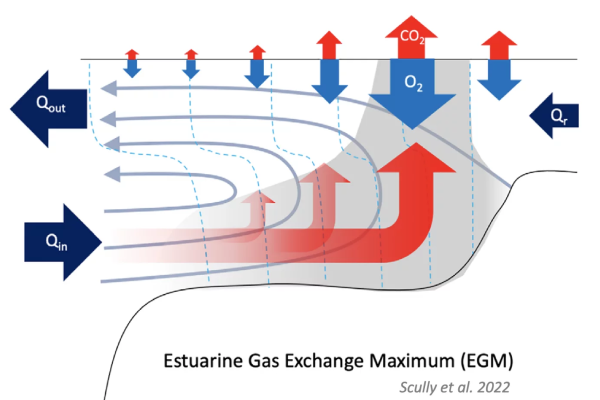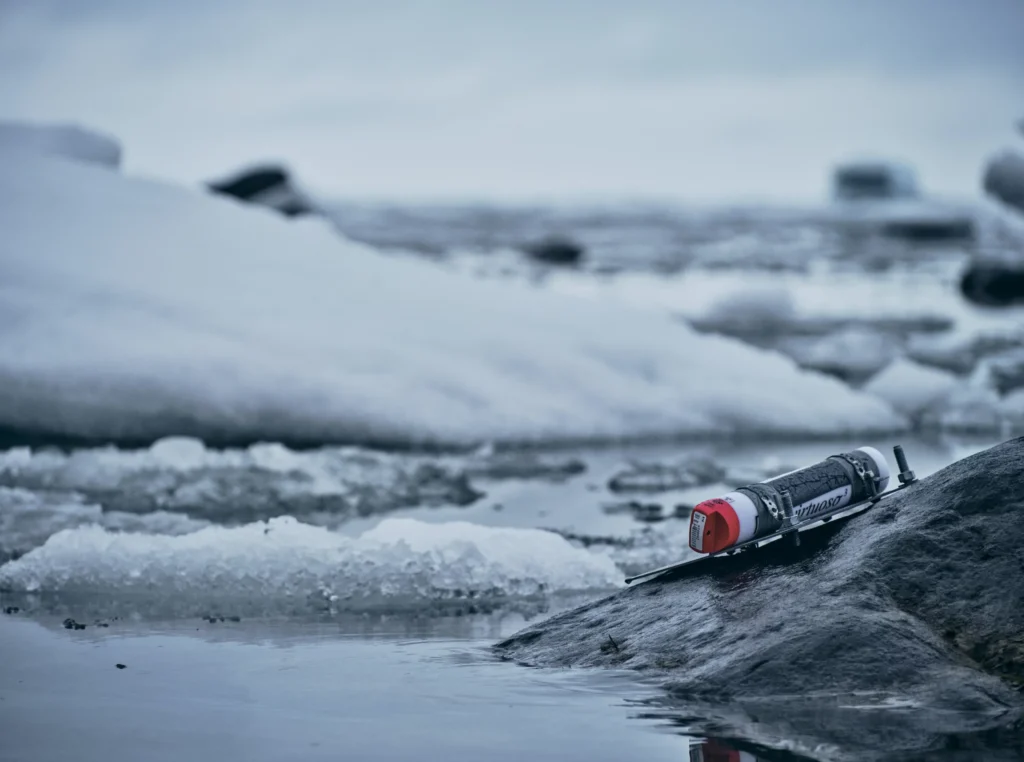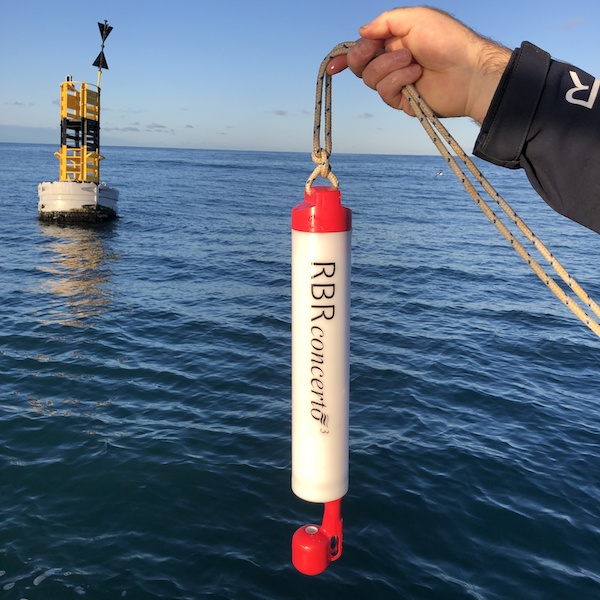Latest News
Resolving spatial and temporal variations in estuarine gas flux
Estuaries are thought to be major players in the global carbon budget, acting as significant sources of carbon dioxide to the…
Who are RBR Support, and how can they help you?
RBR is at the service of our customers – and your success is our overriding goal. Phone support is available weekdays…
Constraining the dynamics of the Gulf of Urabá estuary and inspiring the next generation of Colombian scientists
Colombia’s Gulf of Urabá has historically been at the centre of many unanswered questions. The semi-enclosed tropical estuary is located in…
RBR ranks on The Globe and Mail’s list of Canada’s Top Growing Companies – again!
We’re excited to announce that RBR has been recognized as one of Canada’s Top Growing Companies by The Globe and Mail’s…
Characterizing coastline changes and coastal hazards in the Canadian Arctic community of Grise Fiord
Grise Fiord, located on Ellesmere Island in Nunavut, is the northernmost community in Canada’s Arctic and home to approximately 130 people.…
Here we grow again! RBR France will service growing customer base in Europe
We’re pleased to announce the opening of RBR France as a new partner for ocean research in Europe. A French company…





